Scaling Dexterous Manipulation
Real-to-Sim-to-Real for Dexterous Manipulation with Multi-fingered Hands
Real-to-Sim-to-Real for Dexterous Manipulation with Multi-fingered Hands
Sim-to-Real Policy Transfer for Contact-Rich Manipulation via Simulation-Trained RL
Published in Science Robotics
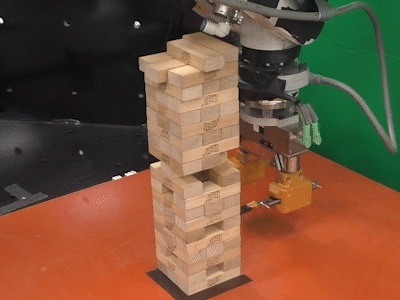
This work introduces a methodology for robots to learn complex manipulation skills, such as playing Jenga, by emulating hierarchical reasoning and multisensory fusion through a temporal hierarchical Bayesian model. By leveraging learned tactile and visual representations, the robot adapts its actions and strategies similar to human gameplay.
Published in 6th Conference on Robotic Learning (CoRL)
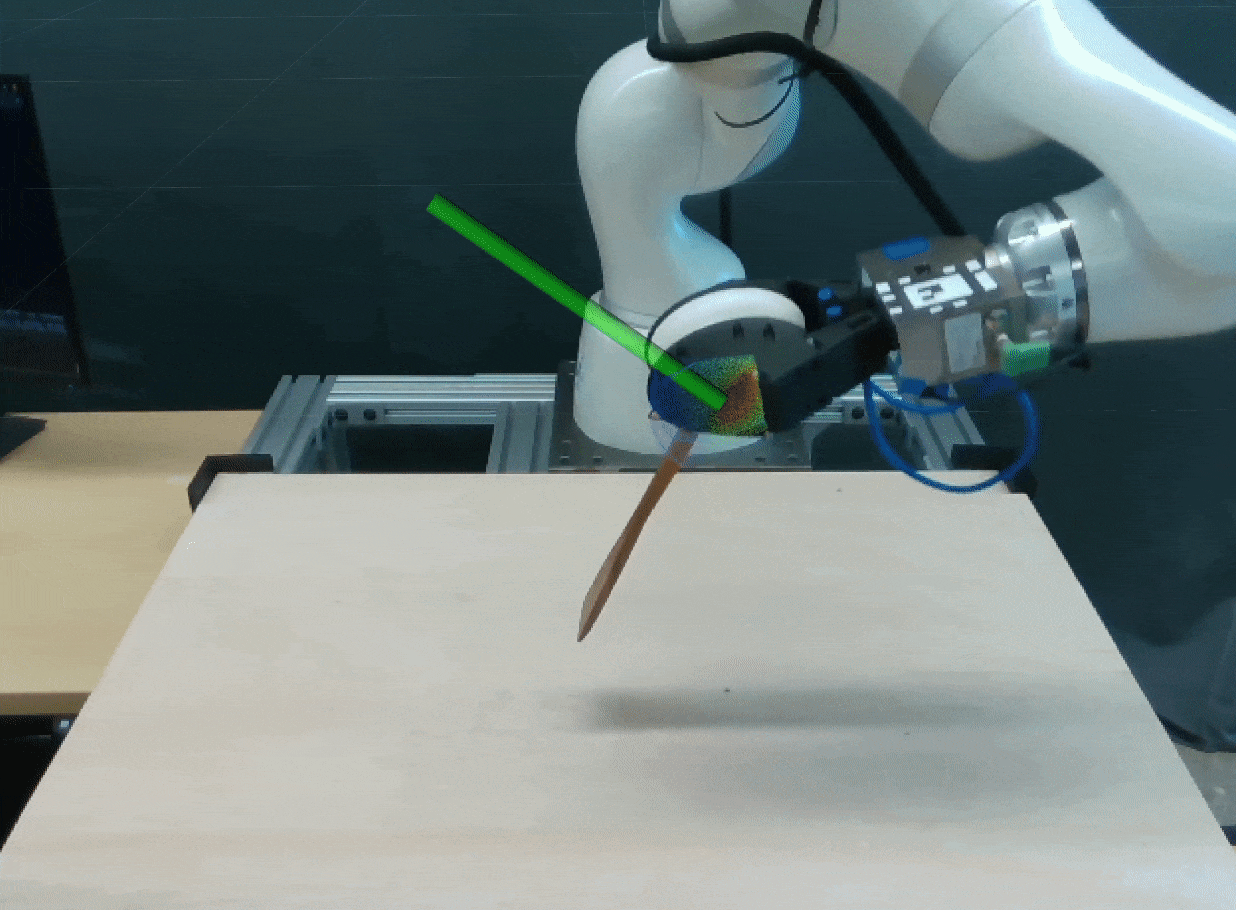
Our method learns soft tactile sensor membrane deformation dynamics to control a grasped object’s pose and force transmitted to the environment during contact-rich manipulation tasks such as drawing and in-hand pivoting.
Published in 7th Conference on Robotic Learning (CoRL)
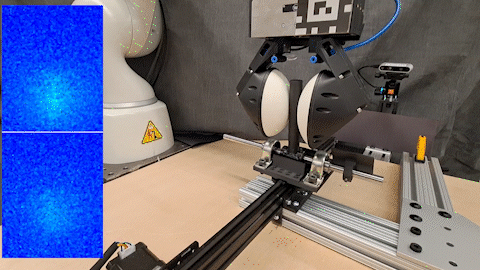
Our paper introduces TactileVAD, a decoder-only control method that resolves tactile geometric aliasing, improving performance and reliability in touch-based manipulation across various tactile sensors.
Published in Robotic Science and Systems (RSS)
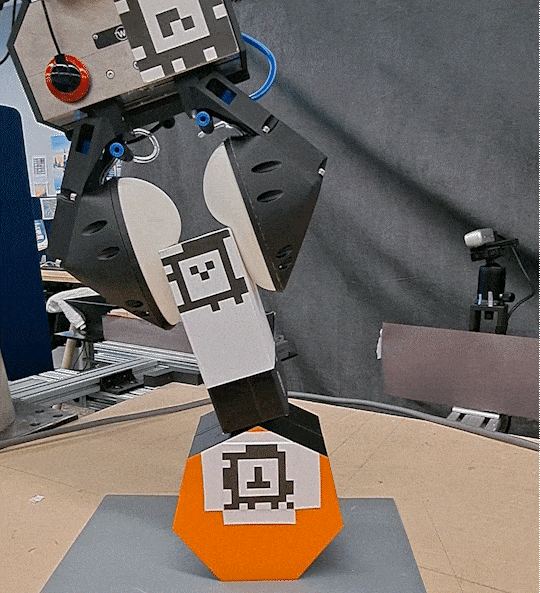
We consider the problem of non-prehensile manipulation with highly compliant and high-resolution tactile sensors. Our approach considers contact mechanics and sensor dynamics to achive desired object poses and transmitted forces and is amenable for gradient-based optimization.
Published in 8th Conference on Robotic Learning (CoRL)
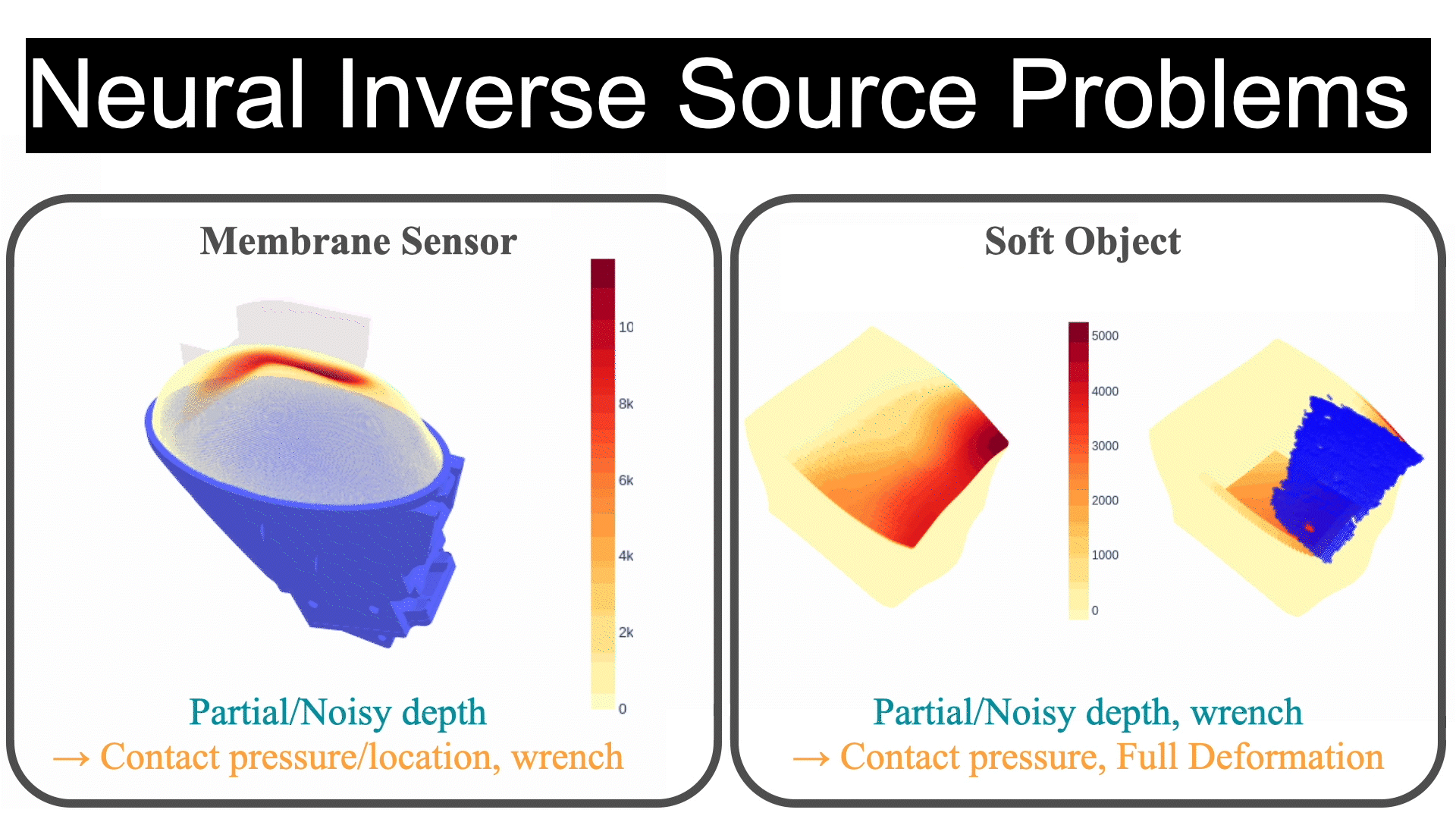
We propose a Physics-Informed Neural Network (PINN) approach for solving inverse source problems in robotics, jointly identifying unknown source functions and system states from partial, noisy observations. Our method integrates diverse constraints, avoids complex discretizations, accommodates real measurement gradients, and is not limited by training data quality.
Published in Preprint
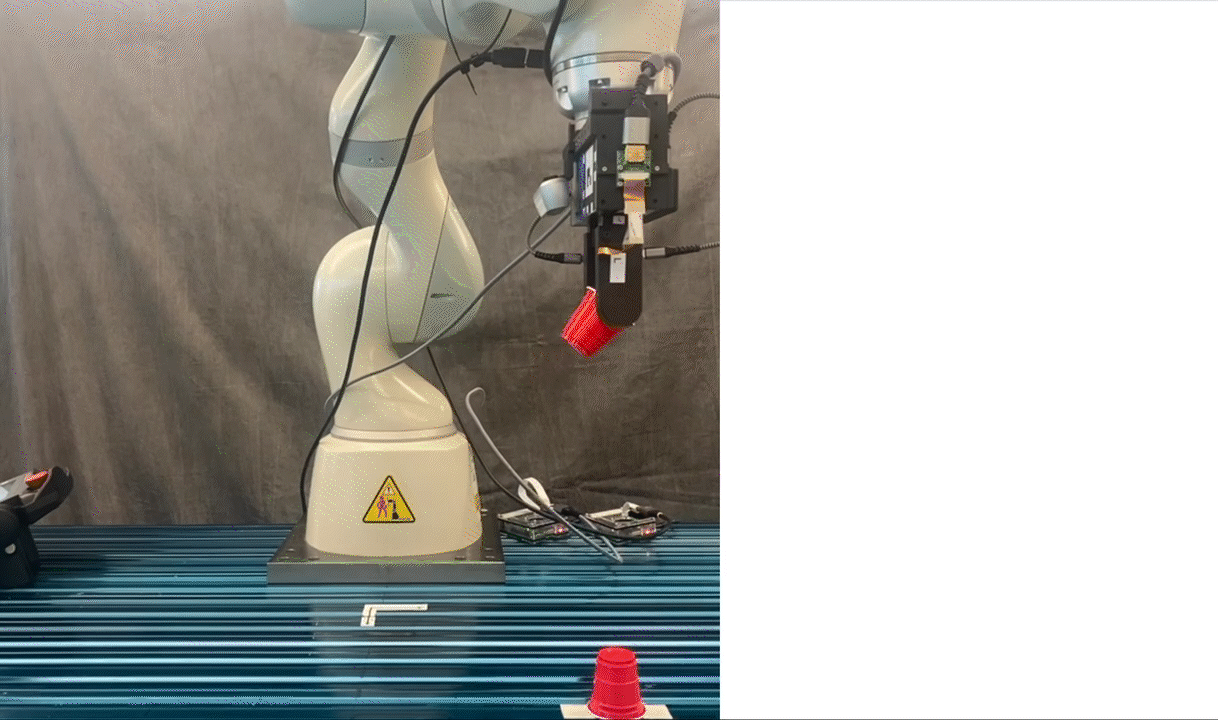
The diversity of touch sensor designs complicates general-purpose tactile processing. We address this by training a diffusion model for cross-modal prediction, translating tactile signals between GelSlim and Soft Bubble sensors. This enables sensor-specific methods to be applied across sensor types.
Published in Preprint
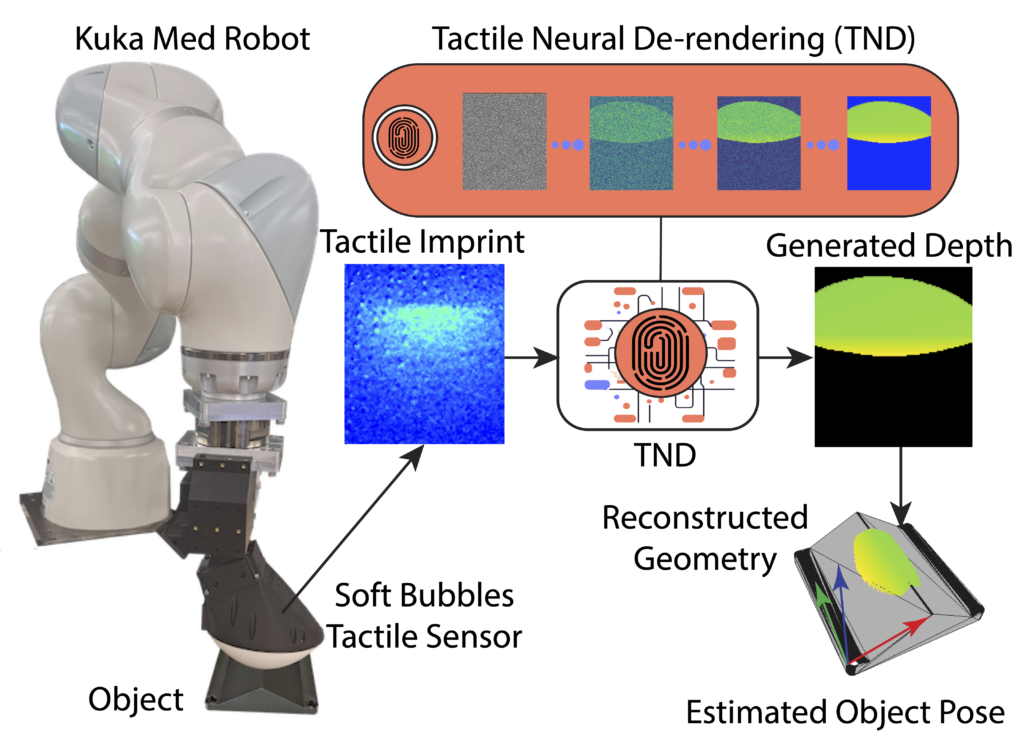
We introduce Tactile Neural De-rendering, a novel approach that leverages a generative model to reconstruct a local 3D representation of an object based solely on its tactile signature.
Published in International Conference on Robotics and Automation (ICRA)
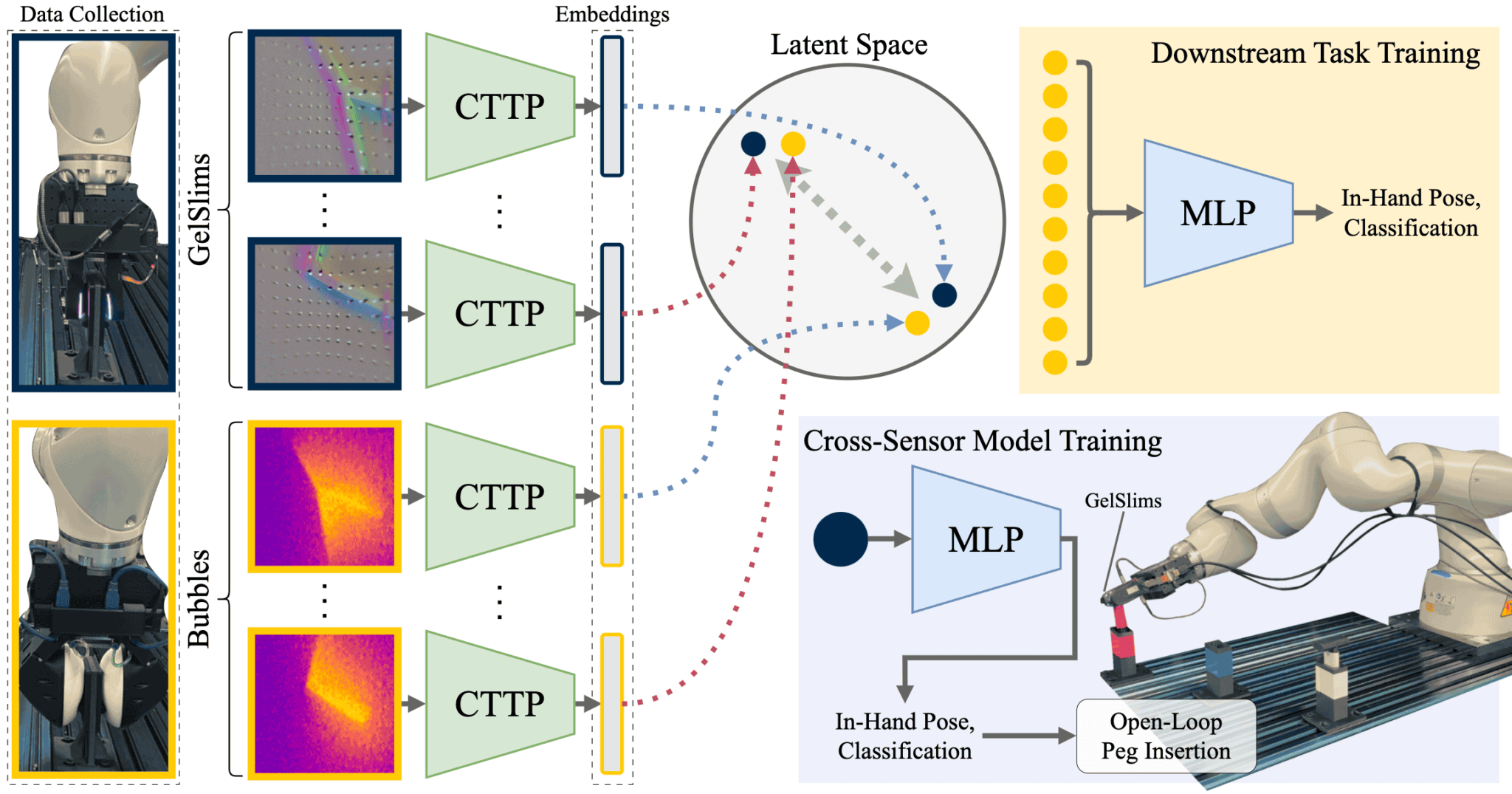
We present a contrastive self-supervised learning method to unify tactile feedback across different sensors, using paired tactile data. By treating paired signals as positives and unpaired ones as negatives, our approach learns a sensor-agnostic latent representation, capturing shared information without relying on reconstruction or task-specific supervision.
Published in Robotic and Automation Letters (RA-L)
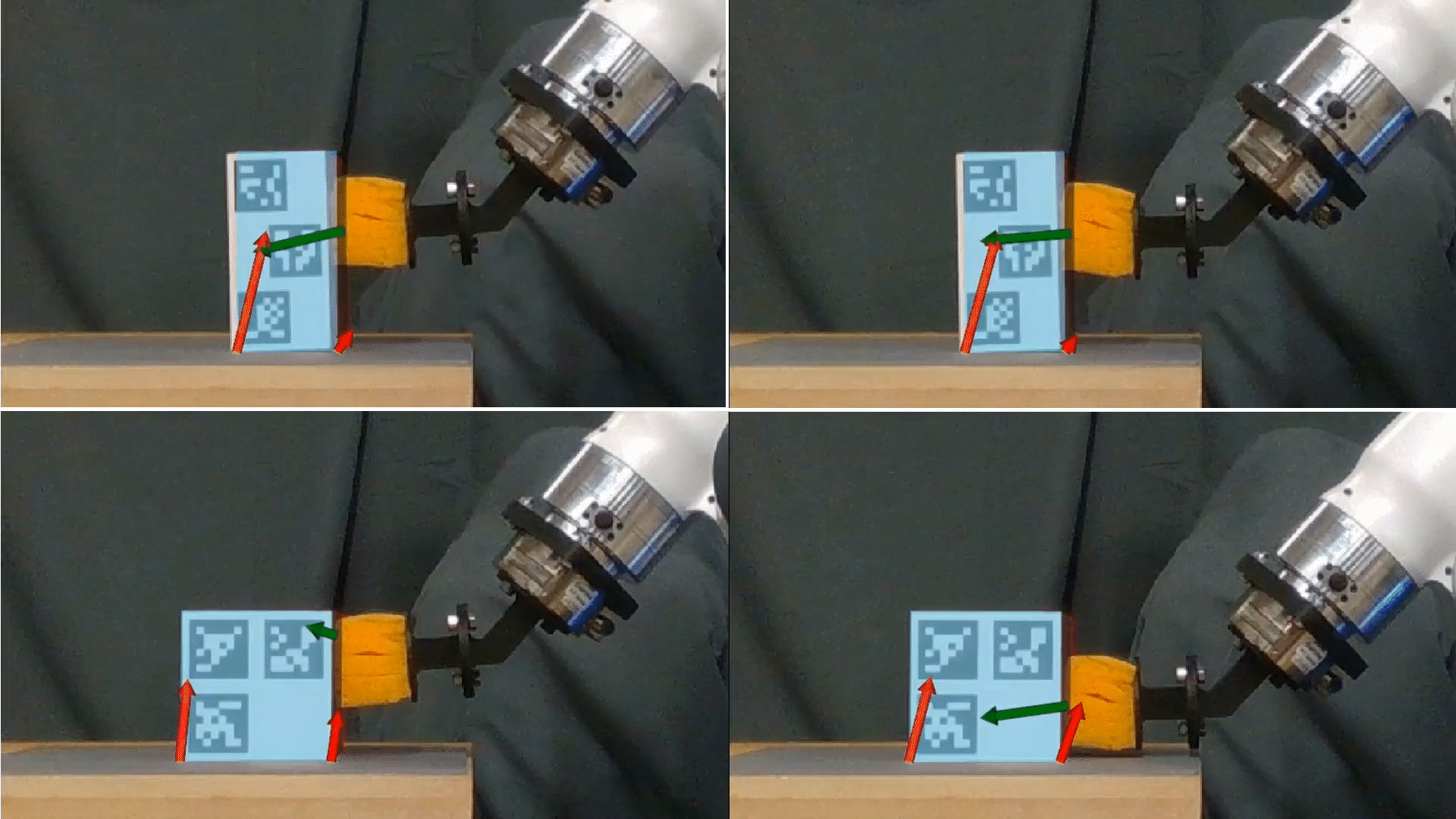
We present a hybrid learning and first-principles approach to model deformable tools dexterously manipulating rigid objects, capturing simultaneous motion, force transfer, contacts, and both intrinsic and extrinsic dynamics.
Published in 9th Conference on Robotic Learning (CoRL)
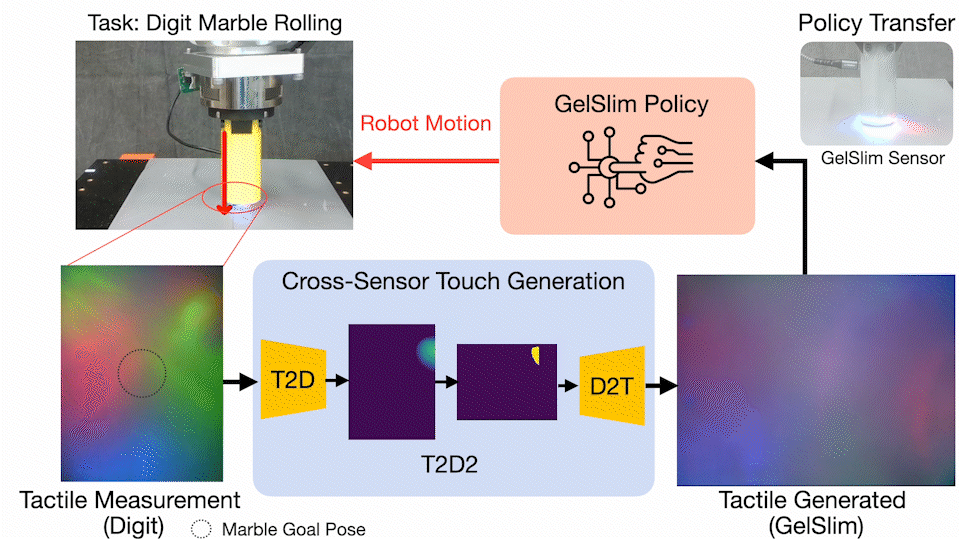
We prenset a method for tansferring manipulation policies between different tactile sensors by generating cross-sensor tactile signals. Using either a paired diffusion model (T2T) or an unpaired depth-based approach (T2D2), the method enables zero-shot policy transfer without retraining. We demonstrate it on a marble rolling task, where policies learned with one sensor are successfully applied to another.
Published in Preprint
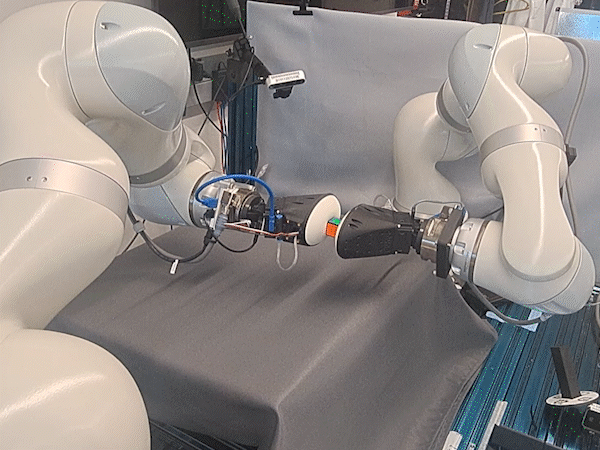
Hydrosoft is a computationally efficient, path-dependent, and differentiable model for simulating and controlling soft, compliant robotic components in dexterous manipulation tasks.
Published:
This is a description of your talk, which is a markdown files that can be all markdown-ified like any other post. Yay markdown!
Published:
This is a description of your conference proceedings talk, note the different field in type. You can put anything in this field.
Graduate Course, University of Michigan, Robotics, Fall 2020 & Fall 2021
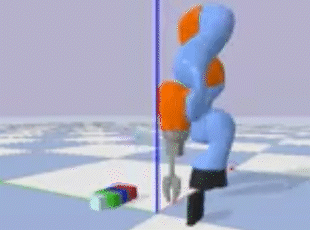
This course is an introduction to the field of manipulation. The course covers the fundamentals of manipulation, including kinematics, dynamics, control, and planning. The course also covers the fundamentals of grasping and manipulation, including grasp planning, grasp stability, and manipulation planning.
Graduate course, University of Michigan, Robotics, Winter 2023
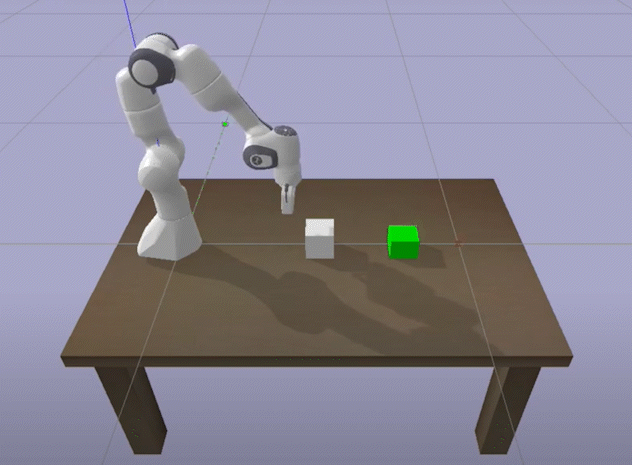
An introduction to modern machine learning methods for control and planning in robotics. Topics include function approximation, learning dynamics, using learned dynamics in control and planning, handling uncertainty in learned models, learning from demonstration, and model-based and model-free reinforcement learning. Students implement the above learning algorithms on robots in simulation.